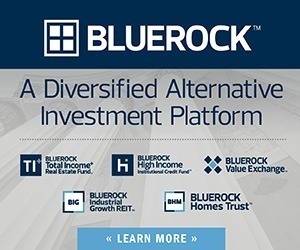
How REITs Make Money

Equity REITs can make money in two ways: collecting rent from tenants and through capital appreciation in their property values.
Different REITs have different strategies for making money. You can find information about a REIT’s strategies in its prospectus. Usually, there’s a return objective to meet for investors, as well as an approach to managing risk.
Some will want to take more risks in order to potentially achieve greater returns. Others will accept the potential for more modest rates of return in exchange for taking on fewer risks.
The following is an overview of four common REIT strategies. Product sponsors and REIT companies may vary in their approaches to achieving these targets.
Core
Core real estate is the most conservative category. While investors may not receive the largest REIT returns in this category, they are taking on a lot less risk. Core properties usually are well located (in a desirable business district or metro area), not under a lot of debt, have high-quality tenants (like FORTUNE 500 companies), and are generally very attractive assets to the banks that are extending financing. The tenants usually are committed to long-term leases and may have many years left before lease expiration.
Note: It’s not always necessary for a Core building to be 100% occupied. If a tenant has committed to a long-term lease, vacancy isn’t necessarily a problem.
Core Plus
Core Plus properties have many of the same conservative attributes as Core, but risks may be slightly higher due to one or two factors. For example, the tenants may have lease expirations coming up that need to be negotiated, or perhaps the building needs slight improvements before it can be considered a Core, “trophy” type asset.
Value-Added
Value-Added properties are the “fixer-uppers,” and they have a higher risk profile. They’re not necessarily poor quality; they just need some kind of improvement. Perhaps the building needs better parking, “green building” enhancements, or new tenants. Some of the property might be vacant. In exchange for taking on these additional risks, returns to investors could be higher.
Opportunistic
Opportunistic properties offer the highest potential for return, yet the greatest level of risk. They will require the most improvement in order to generate targeted returns.










